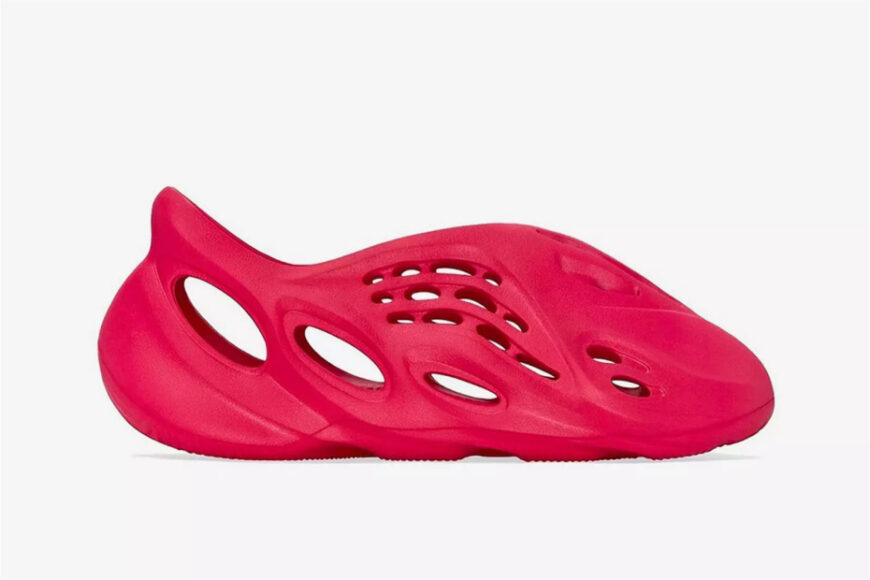



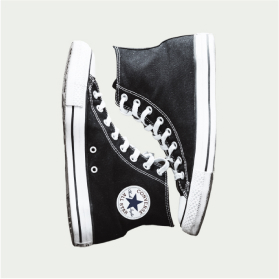
AMERICAN
ICONS
BLUE JEANS
BARBIE
HAMBURGER
COCA COLA
CHUCK TAYLORS
THE THING ABOUT ICONS
—the thing that enables them to be icons—is that they’re shared. Those perfect jeans you loved beyond reason? They’re just nice pants. But when everyone had a beloved pair of perfect jeans, there you have it: an icon. There’s a shared story, a misty-eyed longing for…something. Maybe a past that never really was.
With true American icons, there’s also a cultural resonance, and sometimes, a touch of rebellion. Denim that evokes the Old West—or James Dean. A convertible Mustang that makes us yearn for adventure, say, a drive along Route 66. Over time, they’ve gained mythic status in our collective memory. They mean something beyond themselves.
Often, American classics originated elsewhere. The master stroke was in appropriating and adapting a great idea, and marketing it to the masses. Barbie, like many Americans, was an immigrant.
Icons are complicated—genius ideas can have ugly downsides. Nostalgia can overshadow the harm their production, distribution, and consumption can do to bodies, minds, local economies, the environment. In any case, the world moves on, and icons get old. Some transform and survive; others fade away.
As U.S. influence wanes, will new American icons arise? Time will tell. For now, the ones shown here remain iconic.
—Linda Angrilli
From workwear to everywhere
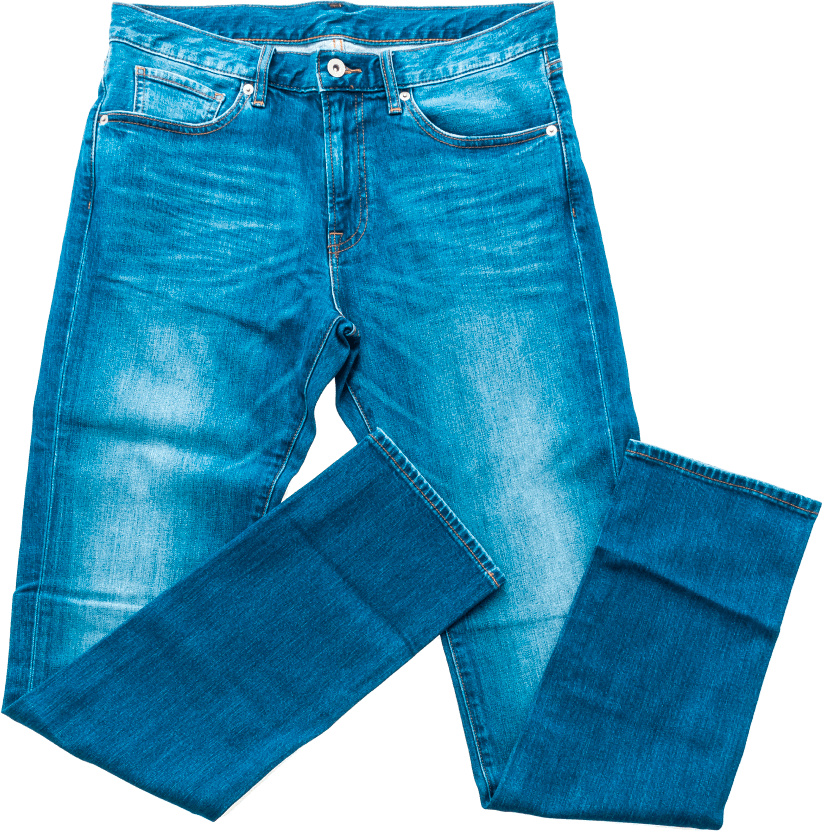
ICON
It’s not clear where blue jeans originated. The sturdily woven twill cloth may have come from Dungri, India (hence, “dungarees”), Nîmes, France (“de Nîmes” became “denim”), or Genoa, Italy, where a comparably tough fabric was used for boat sails.
Levi Strauss, a Bavarian immigrant and dry goods merchant, is sometimes credited with inventing jeans; in reality, he was the first to market them. As the PBS documentary Riveted: The History of Jeans recounts, Strauss came to America for the California Gold Rush. A tailor approached him with an idea for pants reinforced with copper rivets, and the first pair of 501s was patented in 1873. But the indigo-dyed fabric was probably around earlier.
A mysterious pair of trousers featuring denim patches was on view in The Museum at FIT’s 2015-16 show, Denim: Fashion’s Frontier; the curators dated them to the 1840s. The workforce of a rapidly industrializing American economy created a significant market for durable pants in the 19th century. Late in the 20th century, designers Yves Saint Laurent and Calvin Klein turned them into a fashion statement.
Today, perhaps half the world’s population is wearing jeans at any given time.
UPDATE
It takes 2,000 gallons of water to make a single pair of jeans, and bleaching and dyeing require chemicals that harm crops and the supply of drinking water. Yet as Preeti Arya, assistant professor of Textile Development and Marketing, explains, the industry has developed a greener technique: foam. Instead of running denim through vats of dye and squeezing it through rollers full of chemicals, foam is spread evenly on the fabric, producing the same colors and finishes. The foam evaporates quickly, conserving water and energy.
To get the distressed look, workers use sandpaper or even sandblast jeans, but inhaling sand can cause the deadly lung disease silicosis. Lasers, Arya says, create the same effects safely. And while acid washing requires toxic bleach, the same finish can be achieved with the oxidizing agent ozone, reducing water and energy use. Conscious consumers can look for a GOTS (Global Organic Textile Standard) label or other label that denotes products that meet specific environmental criteria.
The next update may not be jeans at all. Yoga pants—cool, comfortable, and cheap—have surpassed jeans in production, but they’re made from petroleum and may take up to a thousand years to biodegrade.
—Alex Joseph
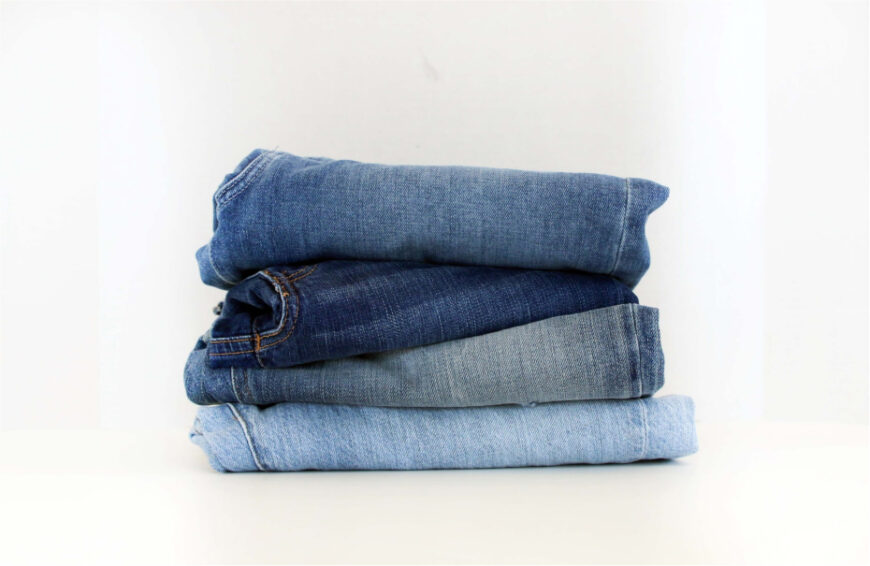
The origin of this all-American doll? Surprise!

ICON
The toy industry, says Judith Ellis, founder and associate chair of FIT’s groundbreaking Toy Design program, is “a beacon of innovation,” consisting of “pioneers whose ideas flow from a maverick confidence.” Barbie—one of quintessentially American whose origin wasn’t American—is proof.
She was created in 1959 by Ruth Handler, a founder of Mattel, whose brilliant insight was that girls would love to play with an adult doll, not just the baby dolls that were the norm in the ’50s. Toy execs and buyers—all male—hated the idea, but Handler persisted.
She modeled Barbie on a German doll called Bild Lilli, a novelty item marketed mostly to men. Mattel tweaked the design and called her a “teen-age fashion model.” American girls were enchanted. (Ken came along in 1961.) A surefire marketing technique helped ensure success: Sell the basic item (Barbie in a simple swimsuit) at a low price, and then sell accessories forever (outfits, Dreamhouse, and eventually, countless licensed products worldwide).
UPDATE
Barbie’s Black “friends” were produced as early as 1967, but in 1980, Mattel introduced a Black Barbie actually named Barbie. (Tagline: “She’s black! She’s beautiful! She’s dynamite!”) After Barbie’s unrealistic proportions were criticized as harmful to girls’ self-esteem, Mattel introduced “curvy” Barbie in 2016. Now, inclusiveness is the name of the Barbie game, with a range of races and ethnicities, body types, and physical abilities and conditions (including baldness, vitiligo, a prosthetic limb, etc.), promoting the idea that every girl can see herself in Barbie.
—Linda Angrilli
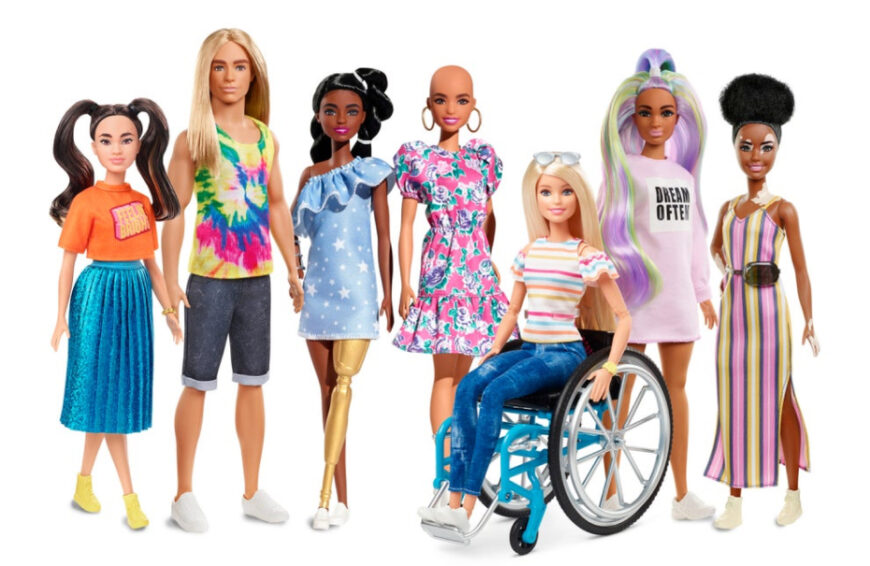
Beef and bun—couldn’t be simpler

ICON
The venerable hamburger, that staple of American grub, is “a portable meal that’s efficient, accessible, self-contained, and generally not shared,” says Adam Chandler, author of Drive-Thru Dreams: A Journey Through the Heart of America’s Fast-Food Kingdom.
The burger’s origins are disputed, but most accounts suggest it was invented in America by tucking a German fried beef patty, or Hamburg steak, between slices of bread. The toppings arrived shortly after.
Nearly every culture has a ground-meat dish, but perhaps none has rooted itself as deeply into a national ethos as the American ground-beef-and-bun combo. Chandler notes that beef “connects directly to the cattle trails of the frontier and the homestead, which are parts of the core American mythology.” In the 20th century, car culture—and the concomitant need for on-the-go food—cemented its ubiquity.
The burger also “speaks to a deep national desire to be democratic,” Chandler adds. They’re served at fast-food joints and haute spots alike, notably Vanity Fair’s annual Oscar Party, which sources its burgers from the beloved California chain In-N-Out Burger.
UPDATE
As many Americans look to reduce their consumption of animal products and as the cost of meat steadily climbs, vegetarian options have flooded the market. The Impossible Burger is a convincing, soy-based substitute, as juicy as rare beef. However, diners are becoming aware of just how processed it is, says chef Jesa Henneberry, a Fashion Design alum who competed on Food Network’s Big Restaurant Bet, which debuted this spring.
Maize, Henneberry’s globally inspired Mexican restaurant, opens this fall in Westfield, New Jersey. Instead of turning to factory-produced patties, the proud flexitarian converts beef lovers with homemade veggie burgers. She also blends beef with sweet potatoes, beets, lentils, or black beans. “There’s so much flavor and texture you can achieve using plant-based ingredients from scratch,” she says. “My burgers will satisfy any carnivore.”
—Jonathan Vatner

The bottle design started with a cocoa bean

ICON
In 1915, to block copycats like Koka-Nola, Toka-Cola, and Koke, Coca-Cola launched a competition to design a signature bottle “so distinct,” according to the brief, “that you would recognize it by feel in the dark or lying broken on the ground.”
The Root Glass Company in Indiana won with a fluted hourglass shape inspired by an illustration of a cocoa bean, elongated and subtly ribbed. The embossed logo came about because the paper labels were peeling off in ice buckets.
The drink itself, designed as a substitute for morphine, originally contained cocaine from the coca leaf and caffeine from the kola nut. It still contains coca leaves, stripped of cocaine at a factory in New Jersey. (The isolated cocaine is used medicinally.)
Through the generations, Coke and its distinctive bottle have become a nostalgic touchpoint, a shared memory not just in the American psyche but also globally.
“There was really clear conceptual thinking from a marketing and design standpoint,” Marianne Klimchuk, professor of Packaging Design, says. “That is critical in how iconic the brand has become and what keeps it relevant for generations. Coke is the best of the best.”
UPDATE
Coke containers have evolved consistently since that first 6.5-ounce bottle. Aluminum cans hit the market in 1960. In 1978, the company introduced the plastic bottle, then considered a more environmentally friendly option than glass, which is breakable and also heavy, consuming more fossil fuels to ship.
As the environmental harm done by plastics becomes increasingly clear, Coke is embracing glass again. This year, the company pledged that 25% of its containers will be refillable or returnable by 2030. They are producing more refillable glass bottles and adding soda fountains in stores, so consumers can dispense Coke into their own containers—because the most sustainable bottle is no bottle at all.
—Jonathan Vatner
Vulcanized rubber is the secret ingredient

ICON
What gives the 100-year-old Chuck Taylor All Star sneakers their staying power? Vulcanized rubber, says Kevin Rivera ’09, adjunct instructor of Footwear and Accessories Design and the design director for the Foundation, a company that builds fashion brands. Converse launched the precursor to the All Stars, featuring the material in its outsole, in 1917.
Semi-professional basketball player Charles Taylor joined the company as a salesman and began holding basketball clinics at high schools and colleges to help popularize the shoe. He made suggestions for the design, and Converse added his name to the shoe’s ankle patch in 1922. The diamond pattern on the sole, which gave Chucky T’s a better grip on the court, comes from a mold, but the rubber foxing tape that connects the sole to the canvas upper is applied by hand. “They’re still handcrafted,” Rivera says, and that’s key to their appeal. The red, white and blue ankle patch conveys “Americanness.” In the ’60s, sneaker technology advanced, and players began to opt for kicks with better support. The Cons soon transcended their sporty origins, however.
Starting in the ’70s, the minimalist style was de rigueur for rockers and skateboarders, and even developed an unfortunate association with notorious LA gangs: “Bloods wore red ones; Crips wore blue,” Rivera says.
UPDATE
Update Chucks? Why? The original is as popular as ever. Converse has fabricated Cons in leather and other materials, collaborated with brands like Comme des Garçons, and, in 2015 released the Chuck II, made from a tougher, more sustainable canvas with a memory-foam tongue. But as long as the likes of Rihanna and Alexa Chung keep wearing the original, it’s gold. Says Rivera with a laugh, “It has survived like the cockroach.”
For a new take on an innovative, celeb-aligned athletic/fashion shoe, look to science. The next revolution, Rivera says, is ethylene vinyl acetate (EVA), a rubberlike substance that can be blown into a mold to create sturdy yet flexible shapes. The earliest EVA shoes were the distinctly dowdy yet wildly popular Crocs. Then Salehe Bembury, a Versace and Yeezy alum, infused the Croc with chic (sort of). Rivera says EVA isn’t sustainable yet, but companies are working on it. The trendiest shoe at the moment might be the head-spinningly futuristic foam runner by Yeezy (above), the Adidas/Kanye footwear collab. Made from EVA composed partly of algae, it calls to mind the graceful, ultramodern architecture of Zaha Hadid — or maybe the Batmobile.
—Alex Joseph
